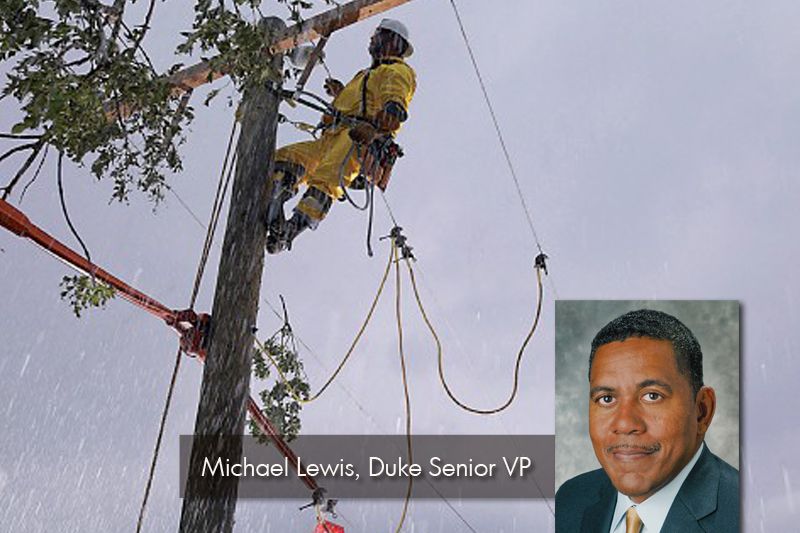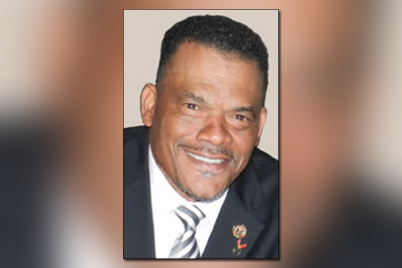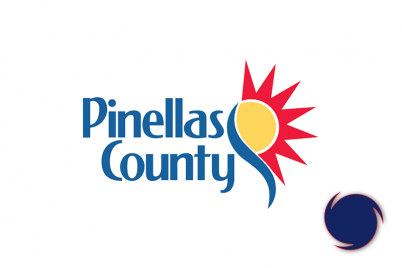BY STEVE TRAIMAN, Contributing Columnist
ST. PETERSBURG – Although the official hurricane season started June 1, Duke Energy has been working year-round and is ready for the worst, according to Michael Lewis, Senior Vice President, Florida Delivery Operations.
Duke Energy has about 4,000 dedicated employees who serve nearly 1.7 million customers in 35 Florida counties. Included are 132,219 customers in St. Petersburg, more than 25 percent of the total 523,999 in Pinellas County. Duke and its predecessors have been in service in the state since 1899.
“Being fully prepared is essential in this area where storms, hurricanes and other violent weather can occur regularly,” Lewis tells The Weekly Challenger in an exclusive interview. “We encourage our residential and commercial customers to take the time to plan ahead, and offer some important tips.” (See accompanying Key Storm Tips to the right).
Year-round Preparation
“Our employees work year-round to ensure we’re ready for whatever Mother Nature brings,” Lewis says. “Our skilled and dedicated storm teams mobilize and move quickly into the communities we serve when the power goes out. They are the ones who run into the storm, not evacuate out of it.
“Advanced resource modeling helps predict the scale of the outage and mobilizes storm response teams prior to the storm’s arrival. Our Duke Storm Center and crews begin preparations long before the storm strikes, which provides for a coordinated, orderly and effective response to any violent weather.
“Our centralized support approach enables mobile command and control facilities to be rapidly deployed anywhere on our system. Our storm plan defines the roles and responsibilities of thousands of dedicated employees who have a hand in storm preparation and restoration year in and year out. When a storm threatens, it is ‘all hands on deck.’
“In addition, Duke Energy has the ability to acquire off-system resources as needed. Our company is part of the Southeastern Electric Exchange, a trade association of investor-owned utilities. We maintain mutual assistance agreements with the members to provide resources to each other when dealing with large-scale outages and disasters.
Lewis notes some recent examples of Duke’s collaboration and cooperation with Duke’s sister utilities and other members of the Southeastern Electric Exchange:
“When Hurricane Arthur threatened the North Carolina Outer Banks July 4th, our Duke storm teams were on alert to provide assistance to our headquarters Duke Energy Carolinas teams as needed. Fortunately only about 40,000 mostly Outer Banks households were affected so our help was not needed.
“In February and March, when the Carolinas were hit with some of the worst winter storms in decades, we sent more than 400 of our Florida teammates who spent a total of 21 days working to restore power to our Duke Energy Carolinas and Duke Energy Progress customers.
“For the April event in the Florida Panhandle, we received a request for 50 crews, which were deployed and assisted Georgia Power and Gulf Power.
“To help with the restoration following Superstorm Sandy last fall, we sent more than 400 line and service crews and 240 additional resources to New York and New Jersey.
Lewis is well prepared for his current position that he has held since January 2008, when the company was Florida Power Corporation, doing business as Progress Energy Florida Inc. During his 28 years with Duke and its predecessors, he has been in management roles of increasing responsibility since 1989 in Ocala, Crystal River, Pasco and Pinellas counties.
Key storm preparation tips from Duke Energy
Being fully prepared is essential in this area where storms, hurricanes and violent weather can occur regularly. Duke Energy encourages customers to take the time to plan ahead and offers these tips:
- Create (or update) an emergency supply kit to help you save valuable time later. Remember, your supply kit should be made up of everything you need for at least two weeks, especially medicines and other supplies that may be hard to find.
- Keep a supply of water and non-perishable food items on hand.
- Ensure first aid supplies and all medicines are readily available.
- Review your insurance policy and include an extra copy of it in your supply kit along with extra copies of any other important paperwork.
- Make sure flashlights are readily available and working and that a supply of extra batteries is on hand.
- Have a portable radio, TV or NOAA Weather Radio on hand to monitor official weather forecasts and other important information for your area.
- Have a plan to move yourself and your family — especially those with special needs — to an alternate location in case you have to evacuate or experience an extended power outage.
- Homeowners who depend on well water should draw an emergency water supply in case power to their electric water pumps is interrupted.
- If you have an emergency power source, learn how to use it properly.
- Unplug major non-vital appliances. Advanced surge protection systems will protect your home from most power surges but will not prevent damage from a direct lightning strike.








